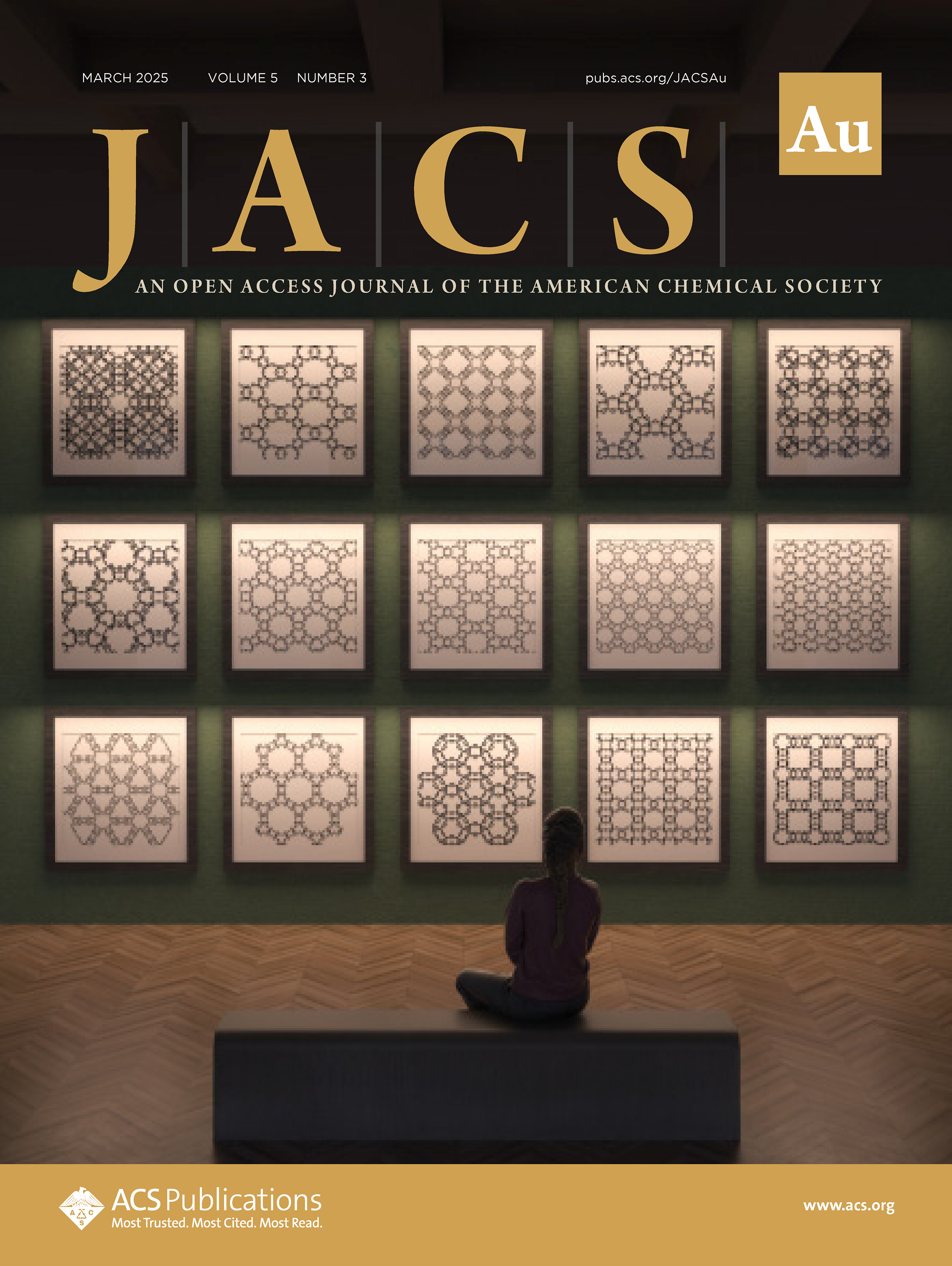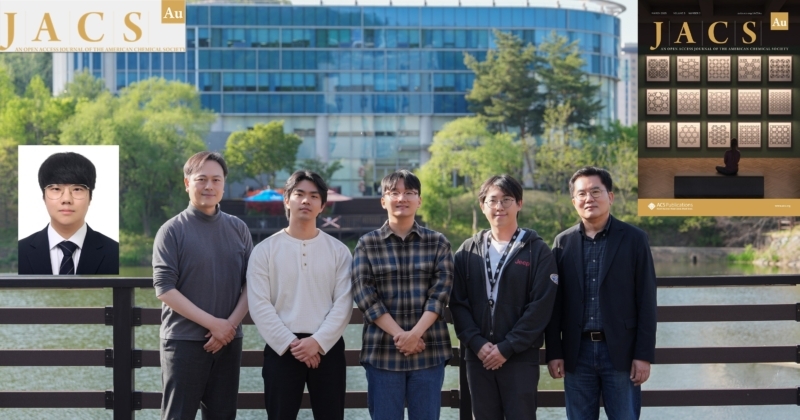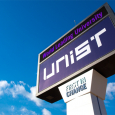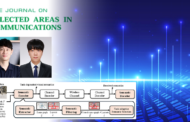A collaborative research effort between UNIST and the Korea Institute of Science and Technology (KIST) has led to the successful synthesis of three novel porous materials by leveraging a data-driven structure prediction algorithm. These newly developed materials, modeled after zeolites, represent metal-organic frameworks (MOFs) with exceptional selectivity in gas separation, particularly for carbon dioxide (CO₂).
Led by Professor Wonyoung Choe of the Department of Chemistry at UNIST, in collaboration with Professor Hyunchul Oh and Dr. Jung-Hoon Lee from KIST, the team has reported the first-ever synthesis of UZIF-31, UZIF-32, and UZIF-33—three unprecedented zeolitic imidazolate frameworks (ZIFs).
MOFs are crystalline materials composed of metal ions and organic ligands that form highly porous structures. ZIFs, in particular, are known for their chemical stability and tunable pore architectures, making them ideal candidates for applications in catalysis, gas storage, and separation. Despite the theoretical potential for millions of ZIF structures, only about 50 have been synthesized since their discovery in 2006, a limitation often referred to as the “zeolite conundrum.”
To address this challenge, the research team developed a novel algorithm that integrates chemical intuition with structural analysis, evaluating key parameters such as bond angles, ring connectivity, and network regularity. By applying this methodology to a virtual dataset of over 4.45 million candidates, the team shortlisted 420 structures and identified 90 top-tier candidates based on energy stability.

The structure of the ZIF predicted by the algorithm has been featured on the cover of the March 2025 issue of JACS Au.
The experimental validation of the selected candidates resulted in the successful synthesis of three high-performance ZIFs, all of which demonstrated superior gas separation capabilities. Notably, UZIF-33 exhibited more than tenfold selectivity for CO₂ over methane, underscoring its significant potential for greenhouse gas separation and purification applications.
“This study exemplifies how digital prediction can directly translate into experimental success,” said Professor Choe. “By combining our algorithm with automated synthesis technologies, we could dramatically accelerate the development of next-generation ZIF materials with tailored properties.”
The findings were published on March 24 in JACS Au, a prestigious journal of the American Chemical Society (ACS). This research was supported by the Ministry of Science and ICT (MSIT), the Institute of Information & communications Technology Planning & Evaluation (IITP), the National Research Foundation of Korea (NRF), KIST, and the Carbon Neutral Institute Research Fund of UNIST.
Journal Reference
Soochan Lee, Hyein Jeong, Sungyeop Jung, et al., “Data-Driven Search Algorithm for Discovery of Synthesizable Zeolitic Imidazolate Frameworks,” JACS Au, (2025).












